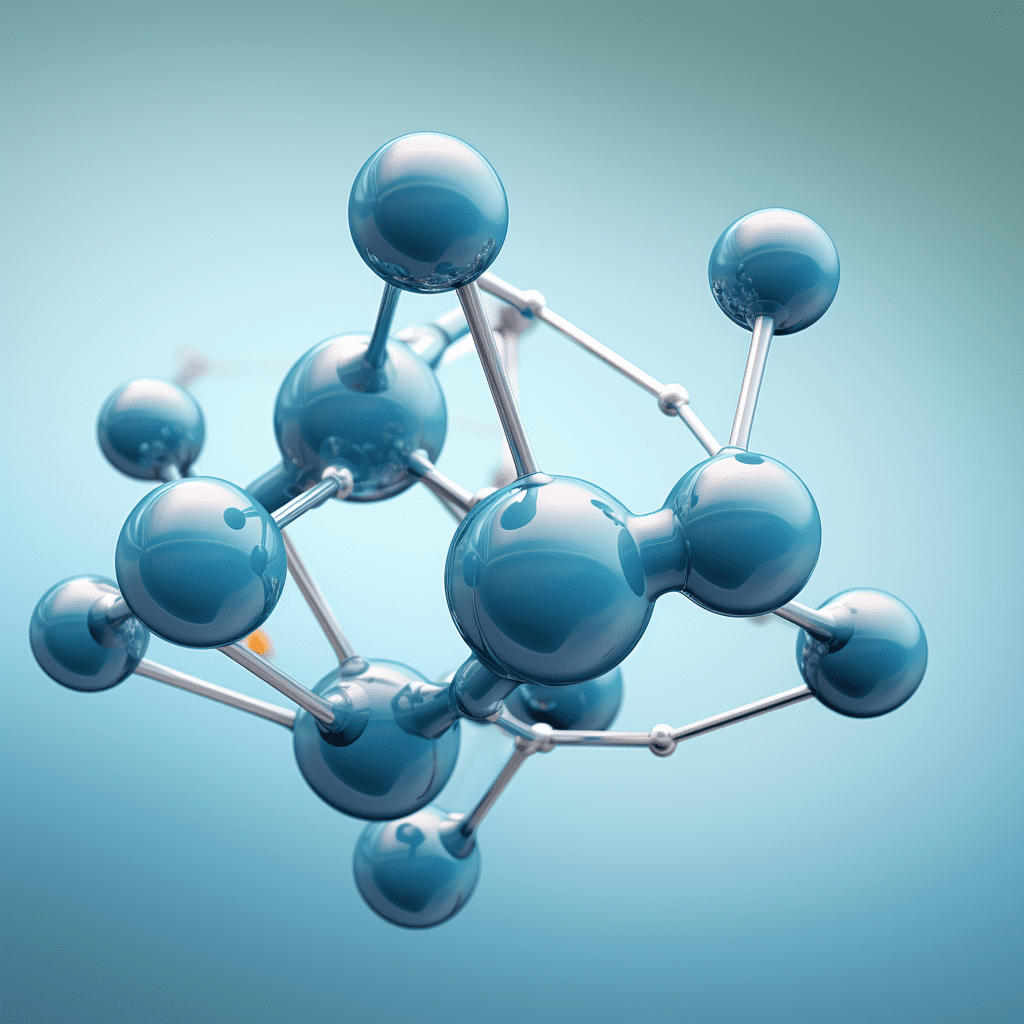
#post_seo_title
Significance of this Research:
Scientists have developed a technology that combines robotics and artificial intelligence (AI) to screen for the optimal formulation of non-aqueous liquid electrolyte solutions in lithium-ion batteries. This research may help expedite the development of improved rechargeable batteries with faster charging speeds and longer lifespans.
New technology Vs Traditional Methods:
The development of high-performance battery technology is especially crucial for advancing electrification in the transportation and aviation sectors. Traditional methods for developing the components of lithium-ion batteries involve time-consuming experimentation with potential material choices, which can be labor-intensive and sometimes take several years in the research and development process. Some scientists have proposed a method to expedite this process by utilizing a combination of AI and robotics technology to discover the optimal battery components.
Clio and Dragonfly:
Researchers from Carnegie Mellon University in the United States, including Venkat Viswanathan, Jay Whitacre, and their colleagues, have designed a custom robot platform called “Clio” and combined it with an AI system called “Dragonfly.” Using this system, researchers can autonomously screen and identify high-conductivity non-aqueous lithium-ion battery electrolyte formulations within just two working days.
Fast-charging performance:
The method’s speed of electrolyte screening is six times faster than random screening. They tested the electrolyte solution in commercial lithium-ion pouch cells, using traditional electrolyte components as the baseline experiment, demonstrating the fast-charging performance of the batteries.
Contribution of this research towards Development:
The authors state that this research contributes to the development of high-performance rechargeable batteries and holds significant importance for a broader range of energy applications and materials science.

